LAPTOP BUYING GUIDE (2020). IN ENGLISH
LAPTOP BUYING GUIDE (2020). MAIN THING BEFORE BUY A GOOD
LAPTOP AND P.C.

PROCESSORS
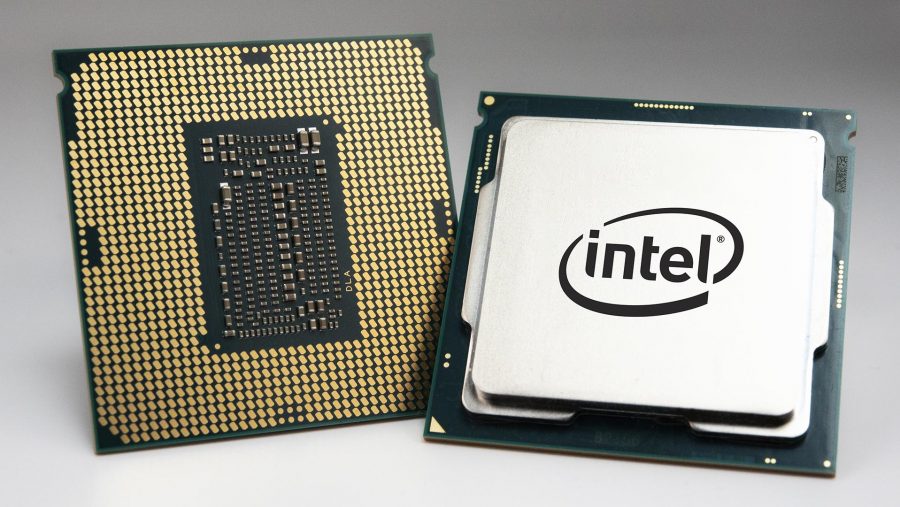
Intel Core i3 (10th Generation)
10th Gen Intel® Core™ processors with Intel® Iris® Plus graphics bring broad-scale artificial intelligence (AI) to the PC for the first time. With approximately 2.5x accelerated AI performance1, approximately 2x graphics performance2, nearly 3x faster wireless speeds3 with Intel® Wi-Fi 6 (Gig+) and the fastest4 and most versatile port available via Thunderbolt™ 3 technology, these processors bring a new level of integration to power PC experiences for today and the future.

Intel Core i5 (10th Generation)

10th Gen Intel® Core™ processors with Intel® Iris® Plus graphics bring broad-scale artificial intelligence (AI) to the PC for the first time. With approximately 2.5x accelerated AI performance1, approximately 2x graphics performance2, nearly 3x faster wireless speeds3 with Intel® Wi-Fi 6 (Gig+) and the fastest4 and most versatile port available via Thunderbolt™ 3 technology, these processors bring a new level of integration to power PC experiences for today and the future.

Intel Core i7 (10th Generation)
10th Gen Intel® Core™ processors with Intel® Iris® Plus graphics bring broad-scale artificial intelligence (AI) to the PC for the first time. With approximately 2.5x accelerated AI performance1, approximately 2x graphics performance2, nearly 3x faster wireless speeds3 with Intel® Wi-Fi 6 (Gig+) and the fastest4 and most versatile port available via Thunderbolt™ 3 technology, these processors bring a new level of integration to power PC experiences for today and the future.

Intel Core i9 (10th Generation)
Introducing the new 9th Gen Intel® Core™ desktop processors the first unlocked mainstream desktop processor. When paired with Intel® Optane™ memory, accelerates the loading and launching of the games you play. With up to 5GHz and 16-way multitasking, take your creativity to the next level with the power you need to create, edit, and share.

ram
What is RAM?
The full form of RAM is Random Access Memory. The information stored in this type of memory is lost when the power supply to the PC or laptop is switched off. The information stored in RAM can be checked with the help of BIOS. It is generally known as the main memory or temporary memory or cache memory or volatile memory of the computer system.
generally DDR RAM is Trending in many pc and laptops:
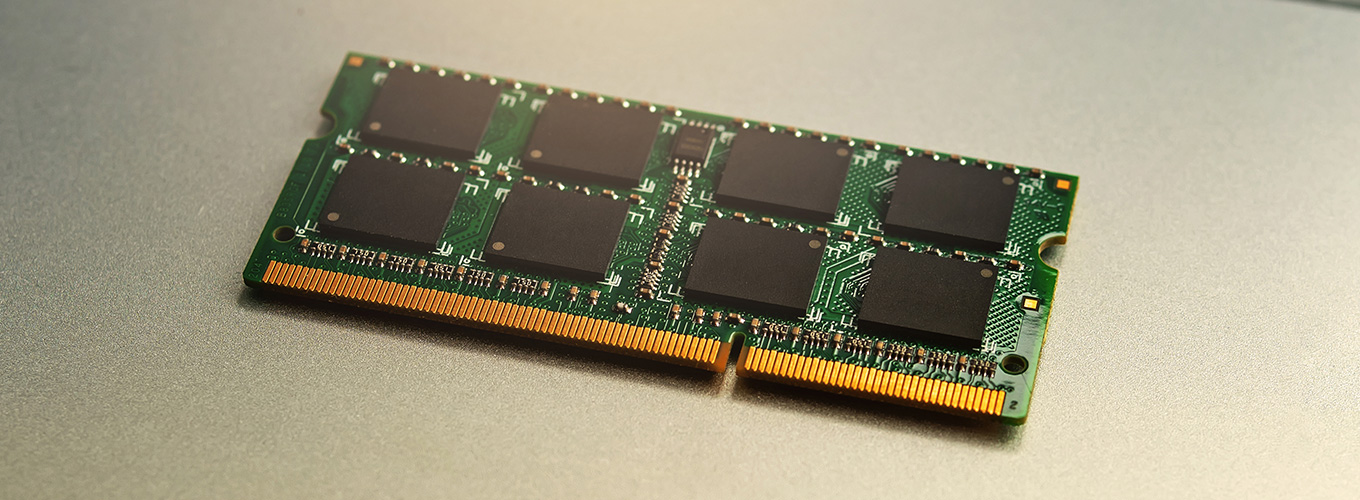
The full form of DDR SDRAM is Double Data Rate Synchronous Dynamic Random-Access Memory. It is just like SDRAM. The only difference between the two is that it has a higher bandwidth, which offers greater speed. It's maximum transfer rate to L2 cache which is approximately 1,064 Mbps.
DDR SDRAM
Double Data Rate Synchronous Dynamic Random-Access Memory
Double Data Rate Synchronous Dynamic Random-Access Memory

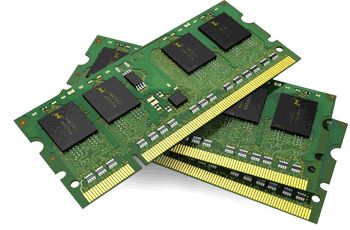
PROCESSOR INTEL CORE DDR5 SD-RAM
i3 10th Generation 4 G.B.


PROCESSOR INTEL CORE DDR5 SD-RAM
i5 10th Generation 8 G.B.


PROCESSOR INTEL CORE DDR5 SD-RAM
i9 10th Generation 16 G.B.
STORAGE
HARD DISK DRIVE
A hard disk drive (sometimes abbreviated as a hard drive, HD,
installed internally in a computer, attached directly to the disk controller of the computer's motherboard. It contains one or more
platters, housed inside of an air-sealed casing. Data is written to the platters using a magnetic head, which moves rapidly over them as they spin.
Internal hard disks reside in a drive bay, connected to the motherboard using an ATA, SCSI, or SATA cable. They are powered by a connection to the computer's PSU (power supply unit).
Examples of data that may be stored on a computer's hard drive include the operating system, installed software, and the user's personal files.
SSD
A solid-state drive (SSD) is a new generation of storage device used in computers. SSDs replace traditional mechanical hard disks by using flash-based memory, which is significantly faster. Older hard-disk storage technologies run slower, which often makes your computer run slower than it should. SSDs speed up computers significantly due to their low read-access times and fast throughputs. Here’s all you need to know.
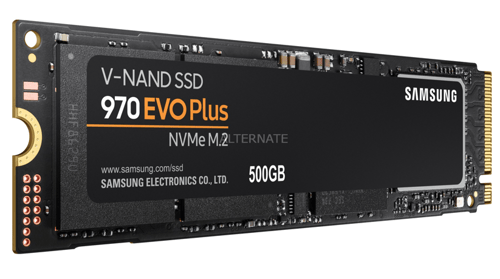
SSDs are available in all sorts of storage capacity, starting at around 32 GB and ranging up to 5 TB in the consumer space. (Of course, capacity is significantly higher for enterprise grade storage, with commensurately higher prices.)
During the short-lived era of netbooks (remember those? They were cheap, but slow and flimsy), the famous Asus Eee PC series used 1-4 GB of SSDs as storage, from which parts of the operating system were run for faster access. This was the first mainstream use of SSDs. From then on, ultrabooks and eventually desktop PCs started to adopt SSDs. Common sizes today are between 250 GB and 500 GB, which is plenty of space to hold your Windows operating system, the most common programs, and a lot of your personal files.
No matter how much money you spend, the hard disk is by far the slowest part of any computer system. Even a SATA SSD with 600 MB is slow compared to other hardware components, which may be capable of transferring 20-30 Gigabytes per second.
As a result, a faster NVMe SSD is probably the best investment for a new computer and a great upgrade to speed up your PC or your Mac.
To demonstrate the difference in speed, we upgraded a 6-year-old gaming PC by replacing its HDD with a SATA SSD, and we performed a series of tests. The results are astounding:
Boot time
Before: 79 seconds
After: 17 seconds
Gaming loading time (GTA V)
Before: 133 seconds
After: 25 seconds
But even SSDs need maintenance. If you have the equipment, you might as well get the best performance from it!
Our first performance tip is to never use a traditional defragmentation tool on an SSD; it’s not required and could actually be harmful.
So, SSD is the best storage drive in Laptops
THE BEST COMPANIES MADE BEST LAPTOP BRAND

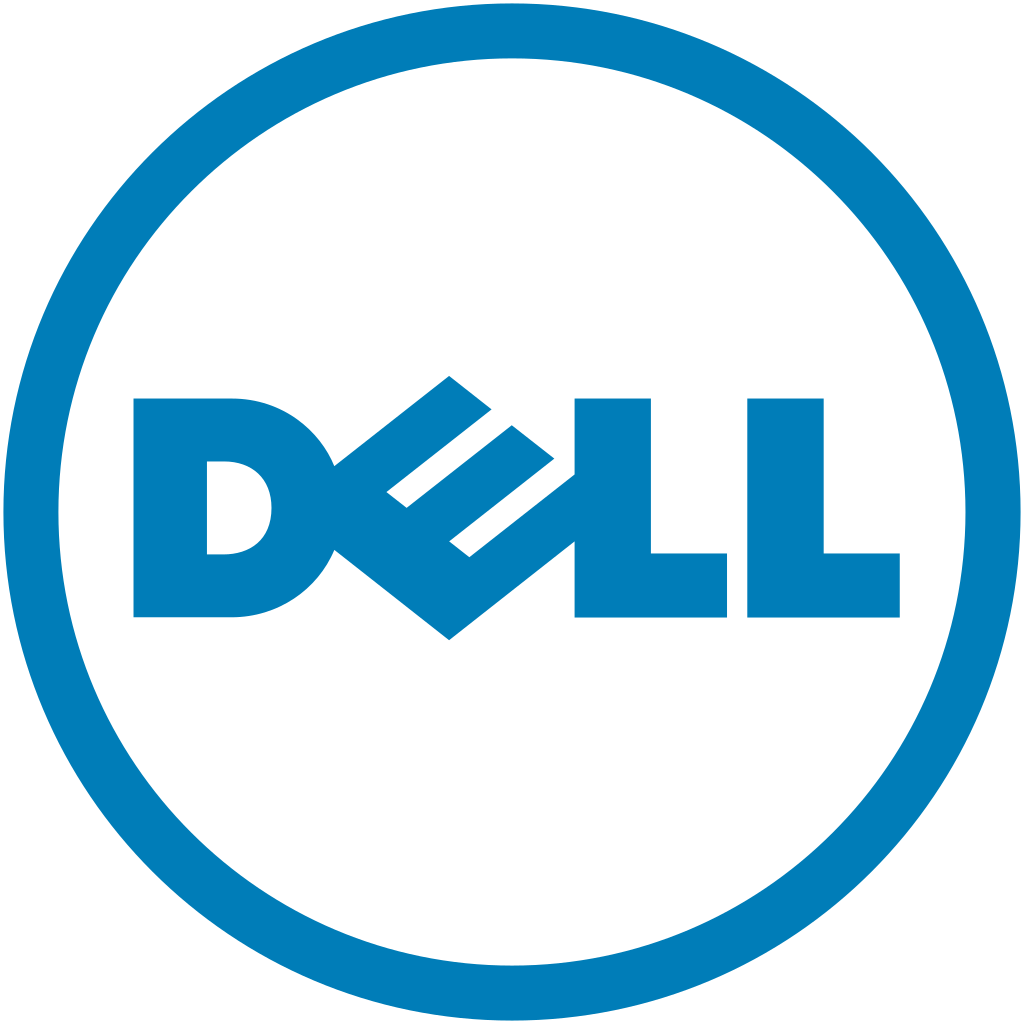



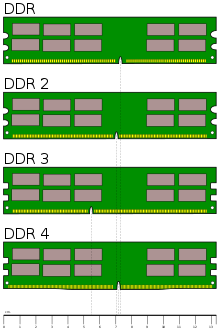

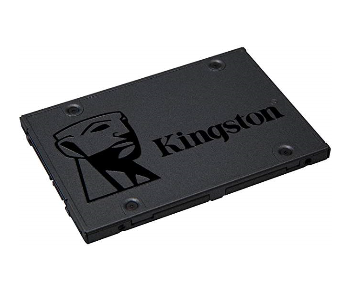


good review
ReplyDelete